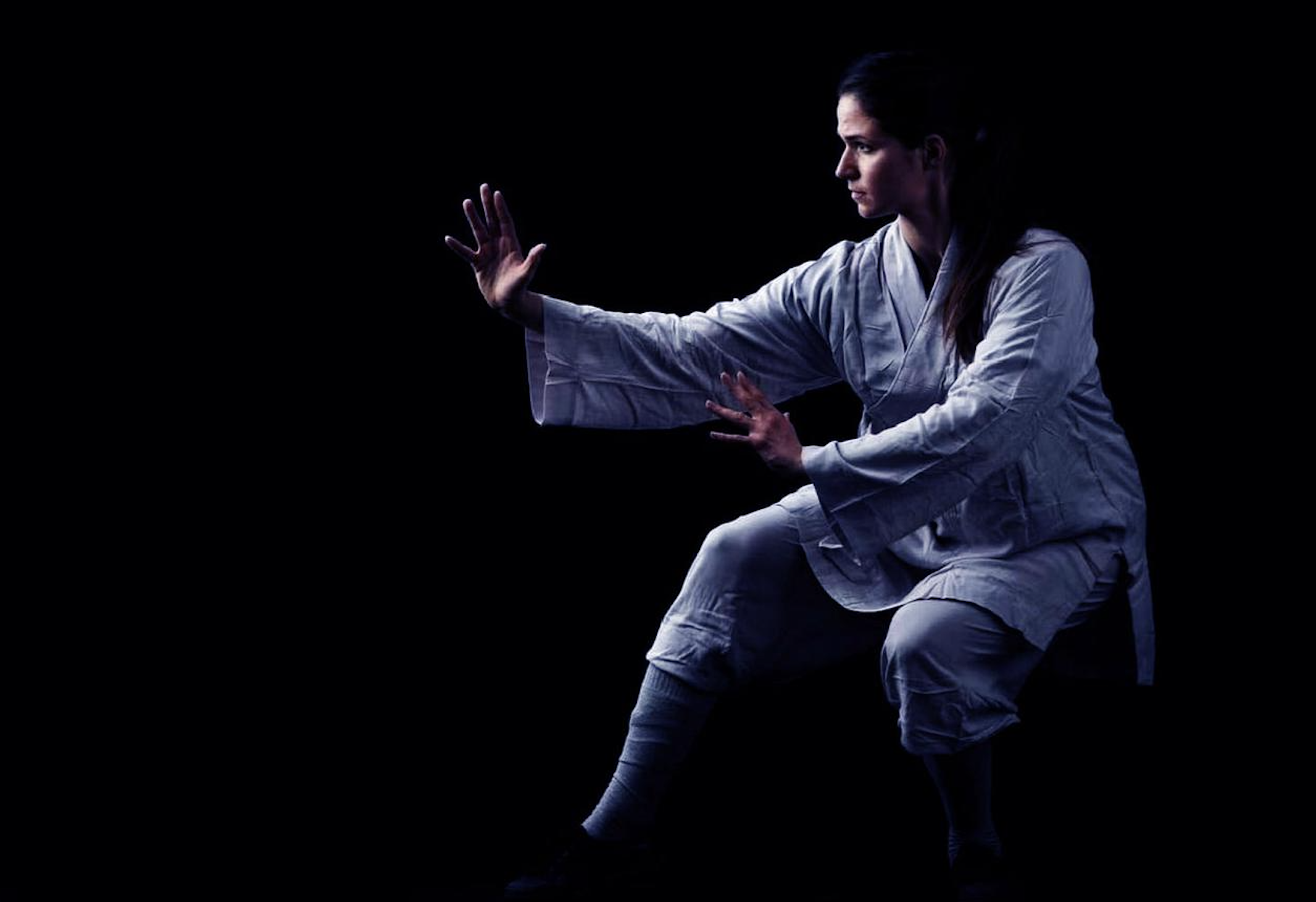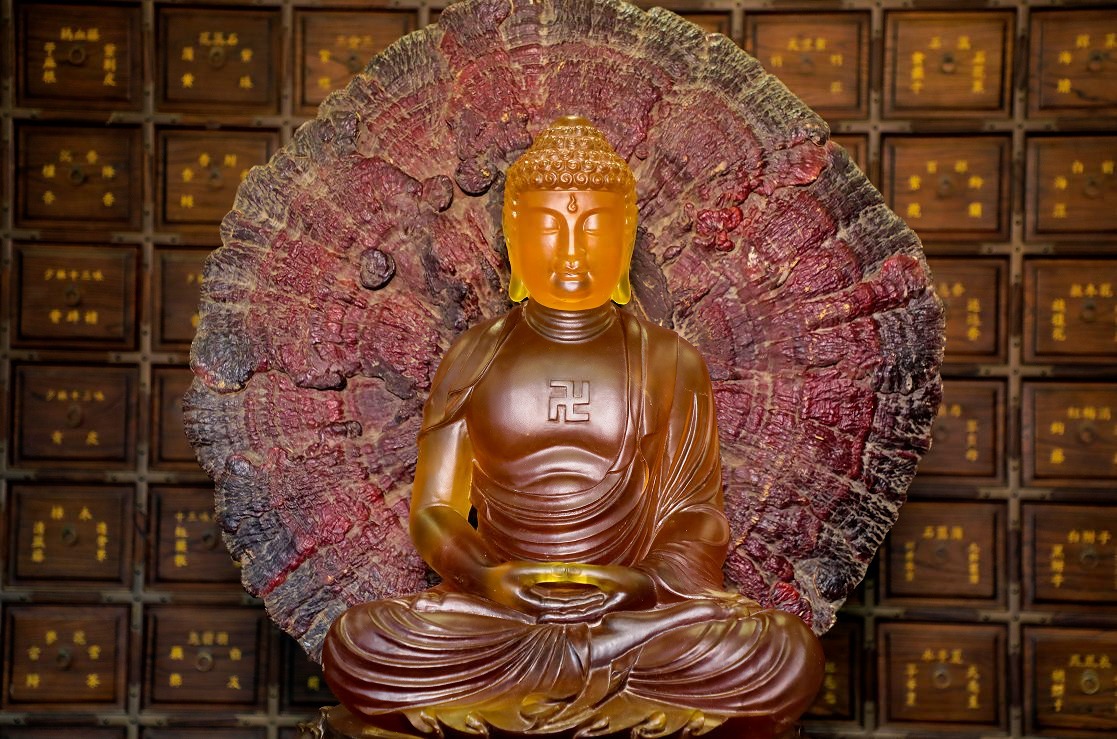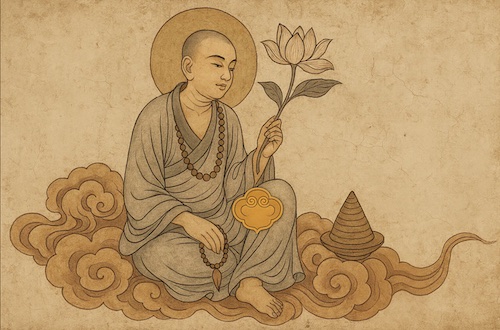
In this fast-paced era, our minds are often troubled by various distractions and afflictions. Meditation, a practice rooted in the ancient wisdom of the East, has gradually become a way for modern people to seek inner peace. It is not merely a form of spiritual cultivation but also an attitude towards life, helping us to reacquaint ourselves with who we are and rediscover the tranquility within.
The Origins of Meditation and Shaolin Zen Practice
The history of meditation can be traced back thousands of years. As one of the birthplaces of Zen Buddhism, Shaolin Temple has long been renowned for its integration of “Zen and martial arts.” Through seated meditation, Shaolin monks attain the state of “illuminating the mind and seeing one’s true nature.” Legend has it that Bodhidharma meditated facing a wall for nine years and thereby grasped the essence of Zen. This profound meditative practice not only cultivated extraordinary concentration in the Shaolin monks but also left behind invaluable wisdom for future generations.
In the Shaolin tradition, meditation is not just about sitting still; it is an embodiment of a way of life. From the disciplined routine marked by morning bells and evening drums to the focus maintained during daily chores, all are extensions of meditation. This wisdom of integrating spiritual practice into daily life is a precious lesson modern people can learn from.
The Benefits of Meditation for Mental Health
Alleviating Anxiety and Stress
In modern society, anxiety has become an inescapable shadow for many. By training us to focus on the present moment, meditation helps free us from endless worries. Studies have shown that regular meditation practice can significantly reduce stress hormone levels, enabling people to face life’s challenges with greater composure.
At Shaolin Temple, monks often use Buddhist prayer beads to aid their meditation. This simple yet focused repetitive action can effectively soothe a restless mind. Modern individuals can also adopt this method, using Shaolin Incense Bead Bracelets as an aid in meditation. By feeling the texture of the beads and the rhythm of their breath, they can gradually enter a state of calm.

Cultivation isn’t about escaping the world — it’s about realizing your true self through a wisp of fragrance.
Incense is not mere ritual; it is inner cultivation — using fragrance as contemplation, breath as thought.
Learn About This Shaolin TreasureImproving Sleep Quality
Insomnia plagues an increasing number of people, and meditation may be one of the most natural solutions. Through meditation, we learn to relax both body and mind and let go of the day’s troubles. The pre – bedtime meditation tradition at Shaolin Temple places special emphasis on breath regulation and physical relaxation, which have remarkable effects on improving sleep disorders.
Using incense with a calming effect, such as the sandalwood specially made at Shaolin, before meditation can help the body and mind enter a relaxed state more quickly. This sensory – enhanced form of meditation often yields better results.
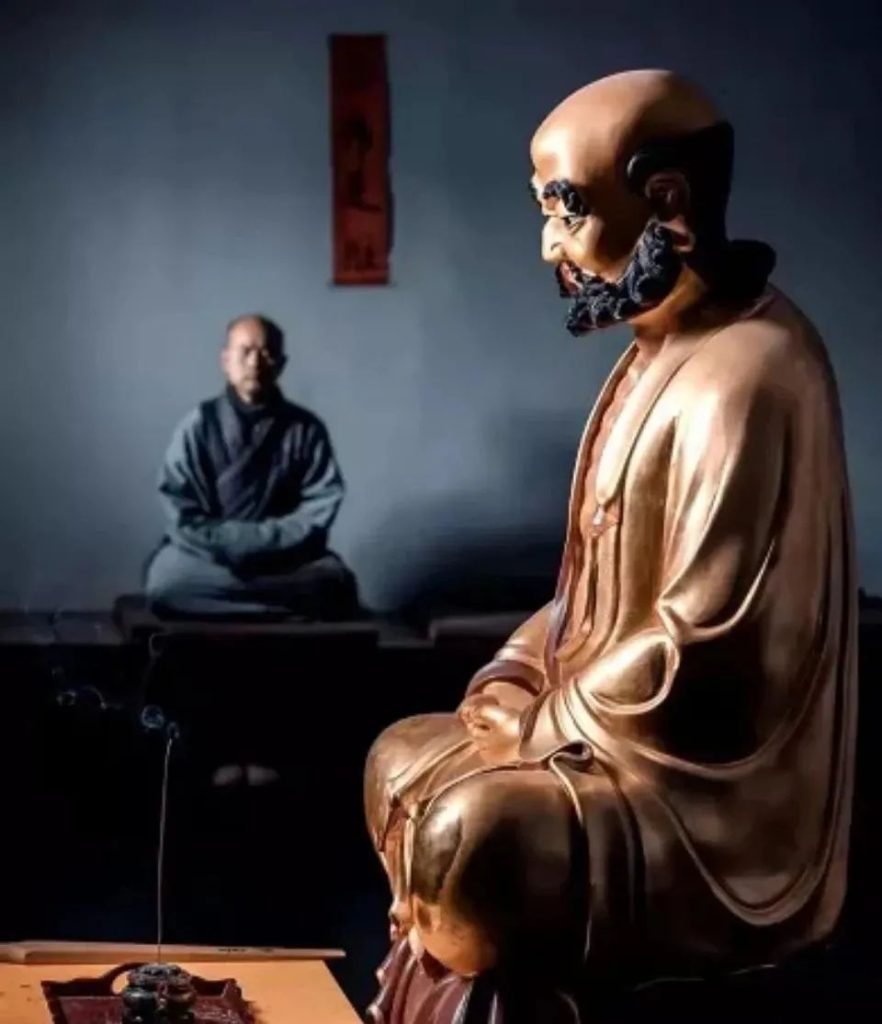
Meditation and the Harmony of Body and Mind
Enhancing Focus and Awareness
Those who meditate regularly often demonstrate stronger focus and awareness. In the training of Shaolin warrior monks, meditation is the foundation for cultivating the ability to be “aware of all directions.” This keen awareness is not only applicable to martial arts practice but also helps us be more focused and efficient in daily life.
Cultivating Compassion and Wisdom
Meditation is not just about self – cultivation; it is also a process of nurturing compassion. Shaolin Zen Buddhism emphasizes “sudden enlightenment,” and meditation is the key to unlocking this wisdom. Through meditation, we can look beyond appearances and perceive the essence of things, thus treating ourselves and others with greater wisdom and compassion.
Real-World Examples of Shaolin Meditation Benefits
Case 1: Dan Tian Breathing Enhances Both Focus and Relaxation**
A neurophysiological study on Shaolin Dan Tian Breathing (DTB) showed that after one month of daily 15-minute sessions, passive DTB significantly increased frontal alpha asymmetry, associated with deep relaxation. Meanwhile, active DTB improved theta coherence, a neural marker for attention. These results suggest that DTB fosters a rare dual state of calm alertness, aligning traditional Shaolin practice with modern cognitive enhancement.
10 Weeks of Meditation Eases Depression Symptoms
In a randomized controlled study comparing Cognitive Behavioral Therapy (CBT), DTB, and a control group, participants who practiced DTB for 10 weeks showed similar improvements in depression and emotional resilience as those undergoing CBT—both significantly outperforming the control group. This indicates DTB can be an effective non-pharmaceutical tool for mental health support.
Meditation and the Improvement of Life Quality
Bringing Inner Peace and Good Fortune
In Eastern culture, inner peace is often regarded as the cornerstone of good fortune. When our minds are no longer swayed by external circumstances, we can naturally make wiser choices and attract more positive energy. Shaolin monks believe that true blessings come from a pure heart, not external pursuits.
Promoting Physical Health
The impact of meditation on physical health has been widely confirmed by modern science. From lowering blood pressure to enhancing immunity, the benefits of meditation are all – encompassing. The “Zen medicine” tradition at Shaolin Temple places special emphasis on regulating qi and blood through meditation to achieve the effects of treating diseases and strengthening the body.
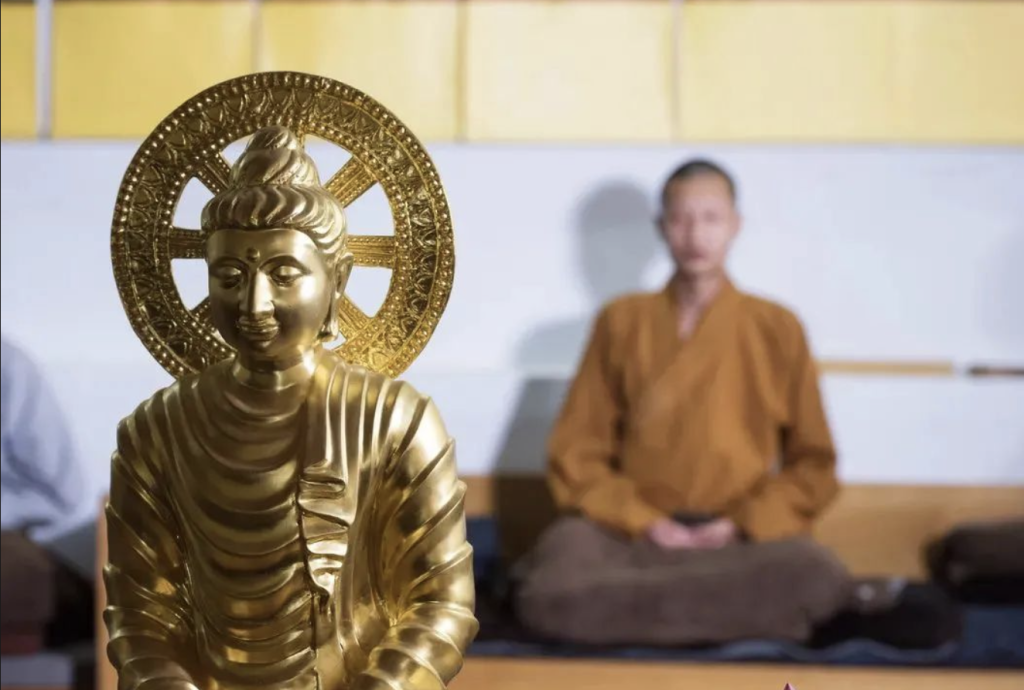
How to Start a Meditation Practice
For beginners, meditation doesn’t need to be overly complicated. One can start with 5 – 10 minutes of sitting still each day, focusing on the breath or using Shaolin Incense Bead Bracelets as the focus of meditation. The wisdom of Shaolin Temple’s practice tells us that consistency is more important than the length of time. Regular short – term practice is often more effective than occasional long – duration meditation.
Choose a quiet environment, maintain a comfortable sitting posture, and keep the spine naturally straight. At the beginning, it is normal for the mind to be full of distractions. There is no need to force the mind to be completely free of thoughts. As the saying of the Shaolin ancestors goes: “Do not fear the arising of thoughts; only fear the delay in awareness.” The important thing is to gently return to the focus point after becoming aware of the distractions.

Cultivation isn’t about escaping the world — it’s about realizing your true self through a wisp of fragrance.
Incense is not mere ritual; it is inner cultivation — using fragrance as contemplation, breath as thought.
Learn About This Shaolin TreasureConclusion: Meditation is a Lifelong Practice
Meditation is not a skill that can be mastered overnight but a lifelong practice. It is like the ancient bell in Shaolin Temple that has existed for a thousand years. Each strike awakens our inner awareness. In this impetuous era, meditation provides us with a pure land where we can return to our true selves.
Whether you want to relieve anxiety, improve insomnia, or seek higher – level spiritual growth, meditation can open a door to your inner world for you. As the couplet at the gate of Shaolin Temple reads: “All Dharma returns to one. But where does the one return?” Perhaps the answer lies in each of our meditation practices.
Perhaps you didn’t know—
sleep, too, is a form of spiritual practice.
In the stillness of slumber, hidden insights await.
Discover more in The Sleep Wisdom of Shaolin Temple
